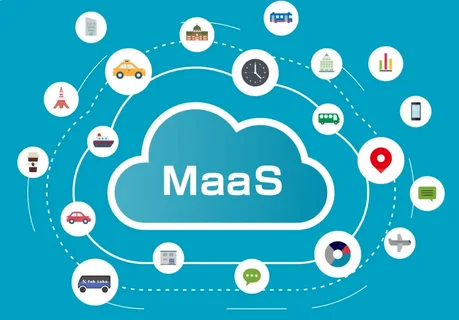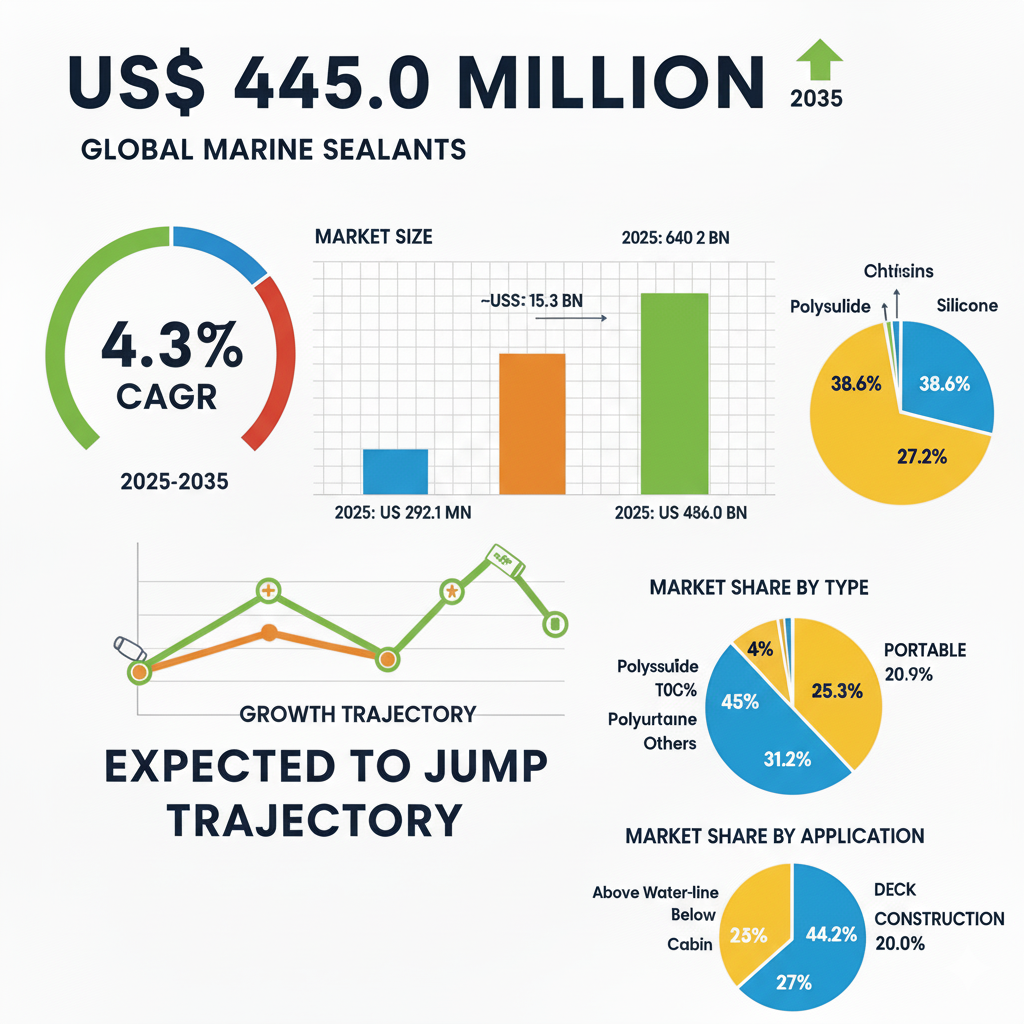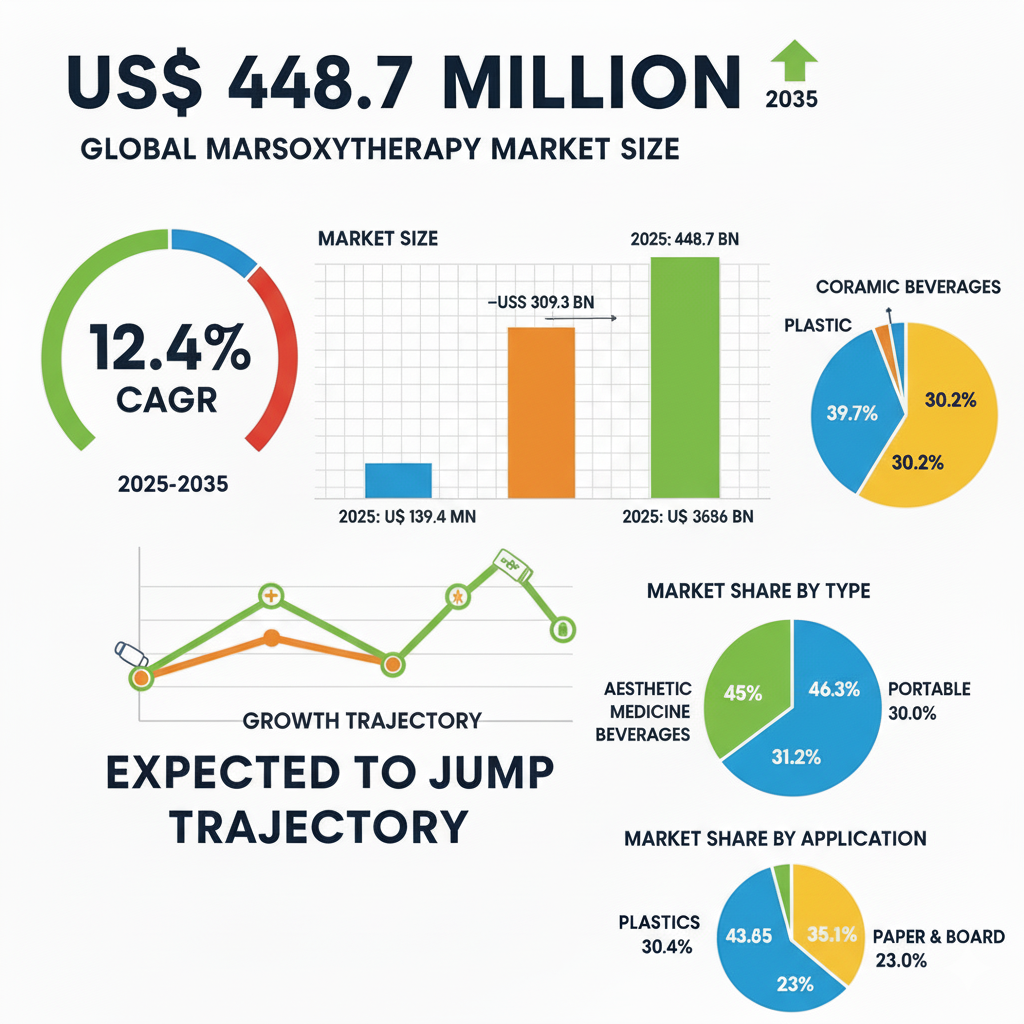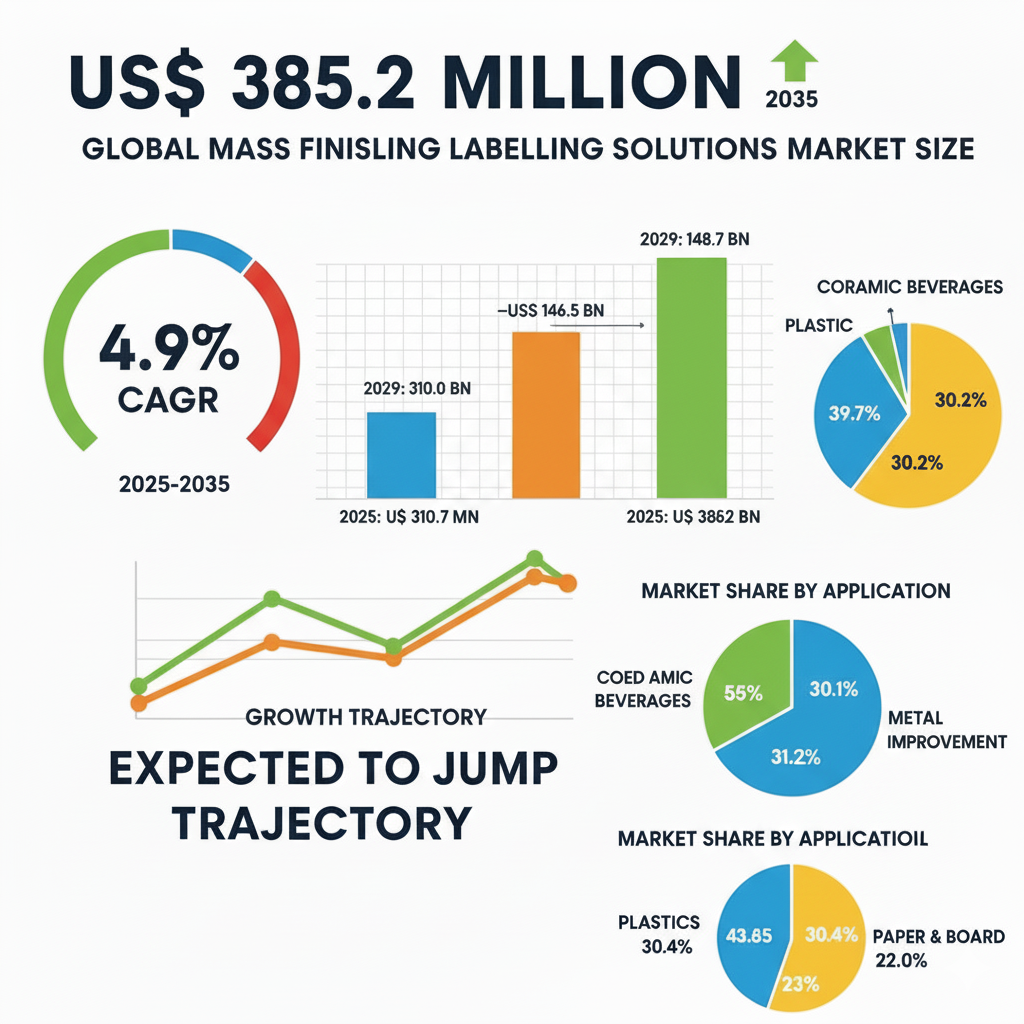The demand for better transportation integration in growing urban population will drive the growth of MaaS market significantly from 2025 to 2035. Mobility as a Service Market integrates multiple transportation services -,including ride-hailing, public transit, bike-sharing, and some car rental and car-sharing- into a single accessible digital interface, enhancing user convenience and reducing reliance on personal vehicles.
In 2025, the Mobility as a service market was valued at approximately USD 263,186.01 million. By 2035, it is projected to reach USD 6,592,553.43 million, reflecting a robust compound annual growth rate (CAGR) of 38%. The market’s exponential growth is attributed to the widespread adoption of subscription-based transport models, increasing investments in electric and autonomous vehicles, and rising consumer preference for cost-effective and flexible mobility solutions.
Urban transportation is being reshaped at its core. From ride-hailing apps and e-scooter rentals to integrated public transit and subscription-based vehicle access, the way people move is evolving from ownership to access. Powering this transformation behind the scenes is a new digital framework: Mobility as a Service (MaaS).
It doesn’t own fleets or lay down tracks, but it connects every mode of transport through a single platform—blending technology, infrastructure, and user experience into a unified mobility ecosystem. In a world craving convenience, sustainability, and real-time adaptability, MaaS is the architecture enabling the future of movement.
Get Ahead with Our Report: Request Your Sample Now!
https://www.futuremarketinsights.com/reports/sample/rep-gb-18565
More Than an App: Orchestrating Urban Flow
On the surface, MaaS looks like just another smartphone interface. But under the hood, it’s a complex web of APIs, data streams, payment systems, and routing engines. Its job is to unify buses, bikes, trains, taxis, and carshares into a seamless journey—regardless of who operates them.
By providing real-time route planning, fare integration, and service availability across multiple providers, MaaS transforms fragmented urban mobility into a coordinated service. It’s not just about getting from A to B—it’s about optimizing that journey across time, cost, emissions, and comfort.
Drowned Out by EVs and Autonomous Hype
While the spotlight shines on electric vehicles and self-driving cars, MaaS quietly delivers a more immediate shift in how mobility is consumed. It reimagines transport not as a product but as a service—turning fixed costs into flexible options and putting control back in the hands of the commuter.
It’s a transformation that doesn’t require waiting for hardware revolutions or city-wide infrastructure overhauls. MaaS operates in the software layer—allowing cities, startups, and legacy operators to collaborate in near real time.

Unpacking Urban Complexity
Modern cities are a maze of competing priorities: congestion, pollution, accessibility, and infrastructure fatigue. MaaS offers a way to rebalance urban systems by nudging commuters toward multimodal options and reducing dependence on personal vehicles.
For governments, it opens doors to data-driven policymaking—where traffic flow, carbon output, and user behavior can be monitored and managed through a single platform. For users, it simplifies the chaos of urban transit into one intuitive interface.
The Integration Challenge
Bringing different transportation services under one digital roof is no small feat. Every provider has its own tech stack, fare model, and service rules. Achieving true interoperability requires deep integration—both technically and commercially.
That’s where many MaaS initiatives stumble. Without standardized APIs, open data mandates, or public-private trust, even the best-designed platforms can hit friction. But when done right, the payoff is massive: higher ridership, reduced congestion, and an elevated user experience.
Exhaustive Market Report: A Complete Study
https://www.futuremarketinsights.com/reports/mobility-as-a-service-market
From Convenience to Climate Strategy
MaaS isn’t just a user-experience upgrade—it’s a sustainability lever. By making public and shared modes more convenient and cost-effective, it encourages modal shift away from car ownership and single-passenger trips.
Many cities now see MaaS as a pillar of their climate goals—using dynamic pricing, carbon footprint tracking, and usage incentives to shape greener commuting habits.
Invisible, Yet Transformational
Mobility as a Service doesn’t make headlines like EV launches or infrastructure deals. But it quietly holds the keys to how urban life will evolve—making transport smarter, more connected, and vastly more human-centric.
Ignore it, and cities risk clinging to fragmented, outdated systems that frustrate users and worsen gridlock. Embrace it, and MaaS becomes the platform that knits together the future of transportation—fluid, flexible, and fundamentally smarter.






